30 provinces and cities implement teaching ethnic minority languages
According to statistics from the Department of Ethnic Education, Ministry of Education and Training, currently there are over 30 provinces and cities nationwide implementing teaching ethnic minority languages in general schools and organizing teaching for civil servants, public employees, and soldiers in the armed forces.
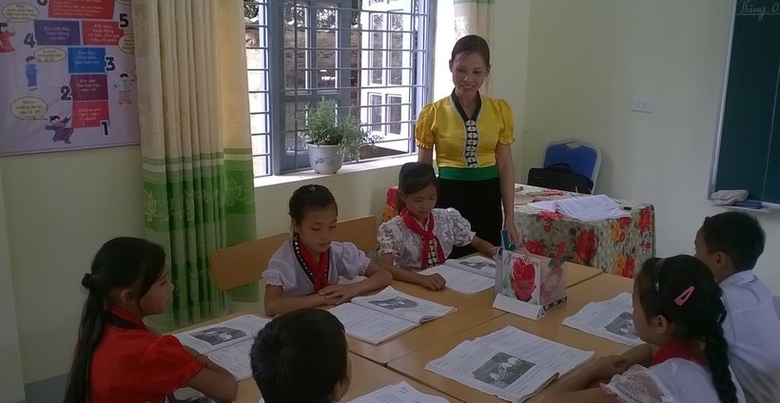
A class of teachers and students at Vo Nguyen Giap Primary School, Dien Bien district.
Many provinces/cities have issued Projects and Plans to implement policies to preserve the languages and scripts of ethnic minorities, typically Soc Trang, Tra Vinh, Lao Cai, Yen Bai, Hoa Binh, Dien Bien, Thanh Hoa, Nghe An, Ninh Thuan, Binh Thuan,...
In the 2022-2023 school year, the country has 535 schools teaching ethnic minority languages with 4,176 classes and 117,699 students. Of the seven ethnic minority languages taught in general schools, Khmer has the largest scale, accounting for 55.7% of the total number of schools, 65.6% of the total number of classes, and 69.01% of the total number of students.
Cham, Jrai, Bahnar, Thai are taught at primary level; Ede, Mong are taught at primary and secondary level; Khmer is taught at all three levels: primary, secondary and high school. In addition, some ethnic minority languages are taught experimentally such as: Cham Arabic, Ta Oi, Co Tu, Pa Co, Bru Van Kieu.
According to Mr. Thach Song, Head of the Department of Ethnic Education - Continuing Education, Department of Education and Training of Soc Trang, Soc Trang province has 11/11 districts, towns and cities organizing Khmer language teaching for students in general education institutions and continuing education centers.
In addition, 85/93 Theravada Buddhist temples participate in teaching Khmer to students during the summer. The Southern Intermediate Pali Cultural Supplementary School teaches both Khmer and Pali to monks.
Every year, the Department of Education and Training of Soc Trang has directed and guided educational institutions in the area to effectively teach Khmer, and at the same time maintain good Khmer language exams such as the provincial Khmer handwriting contest and the provincial Khmer language excellent student contest for grades 9 and 12.
“Through the above-mentioned exams, we have contributed to spreading the movement of learning Khmer in general schools throughout the province. The Department of Education and Training also coordinated with the Provincial Radio and Television Station to organize the production and broadcast of the program “Learning Khmer Together” on Soc Trang Radio and Television Station to preserve and conserve ethnic minority scripts and promote the cultural values of the Khmer people in the South,” said Mr. Thach Song.
Similarly, Dien Bien province pays special attention to teaching Thai and Mong languages to students. Since 2012, the Provincial People's Committee has issued Decision No. 969/QD-UBND dated October 25, 2012 approving the Thai alphabet used in teaching ethnic languages in Dien Bien province.
Accordingly, the Department of Education and Training advised the People's Committee of Dien Bien province to issue Decision No. 895/QD-UBND dated September 8, 2011 on implementing the Project on teaching Thai and Mong languages to primary and secondary school students in Dien Bien province for the period 2011-2015, with a vision to 2020.
From 2021-2022 to present, in Dien Bien province, a total of 351 classes have been opened with 9,603 students learning Thai and Mong languages at primary schools.
Mr. Dao Thai Lai, Head of Primary Education Department, Dien Bien Department of Education and Training, shared: “Through the process of teaching the spoken and written languages of the Thai and Mong ethnic groups, students are provided with basic knowledge about the language and culture of the Thai and Mong ethnic groups, contributing to training their thinking and supporting them to study Vietnamese and other subjects well.
Through learning the spoken and written language of their ethnic group, children can learn more and understand more about society, nature, people, customs, habits, and culture of their ethnic group, educate them on love for their mother tongue, and create conditions to preserve and promote the spoken and written language of their ethnic group.
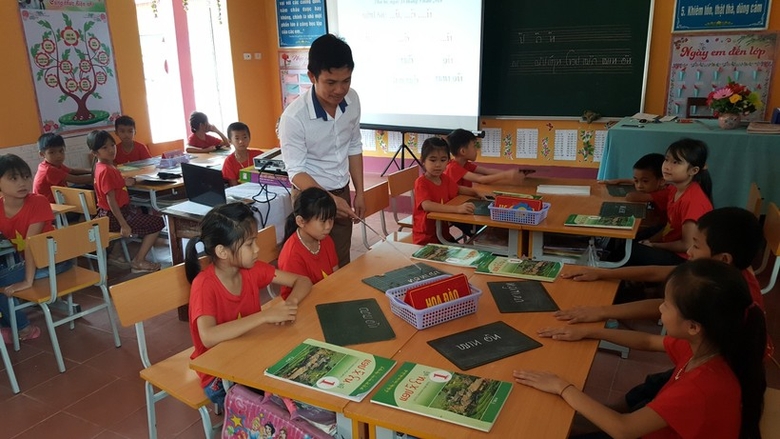
100% of ethnic minority language teachers in Gia Lai province have qualified qualifications.
Since 2011, Gia Lai province has issued Decision No. 30/2011/QD-UBND dated October 28, 2011 on promulgating the alphabet and phonetic system of Jrai and Bahnar languages, Decision No. 780/QD-UBND dated November 22, 2011 on allowing the teaching of Bahnar and Jrai languages at primary level in Gia Lai province.
Currently, implementing Decision No. 142/QD-TTg of the Prime Minister, Gia Lai province has issued Plan No. 99/KH-UBND dated January 11, 2023 of the People's Committee of Gia Lai province on implementing the Program "Improving the quality of teaching ethnic minority languages in the General Education Program for the period 2023-2030", the Department of Education and Training has deployed and guided implementing units to develop teaching plans and lesson plans in accordance with the program and ensure the duration is 2 periods/week and suitable to the actual conditions of each school.
Accordingly, 100% of ethnic minority language teachers in Gia Lai province have qualified qualifications, are granted certificates of completion of the ethnic minority language teaching training program, and the teaching staff actively participates in activities and studies to improve their professional qualifications; observes classes, visits classes; and makes teaching aids.
Ms. R'Com H'Phai - Jrai language teacher at Ngo May Primary School, Ia Grai District, Gia Lai Province shared : "The Provincial People's Committee and the Department of Education and Training are interested in teaching ethnic minority languages. The school principal has directed ethnic minority language teachers to use existing facilities and equipment for subjects and organize the collection and utilization of objects: trees, flowers, tubers, fruits, and locally available materials to make teaching aids; use pictures of other subjects and flexibly apply them to serve the teaching and learning of Jrai and Bahnar languages.
In Jrai language classes, students are excited and love the subject. Teaching ethnic minority languages helps them understand ethnic culture and love their mother tongue more.
According to Ms. R'Com H'Phai, in the period of international integration, paying attention to teaching ethnic languages in schools is very important, contributing to raising social awareness, protecting national defense and security, developing the economy, eliminating hunger and reducing poverty, and preserving the language capital of the ethnic group, contributing to building an advanced Vietnamese culture imbued with national cultural identity.
Source






![[Photo] Ministry of Defense sees off relief forces to the airport to Myanmar for mission](https://vstatic.vietnam.vn/vietnam/resource/IMAGE/2025/3/30/245629fab9d644fd909ecd67f1749123)





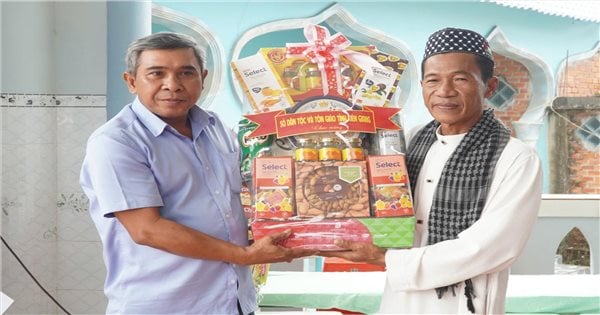

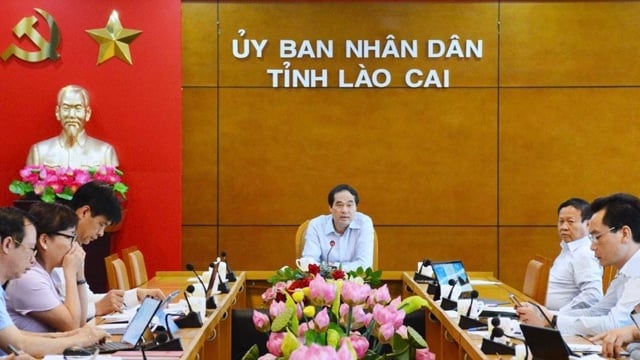
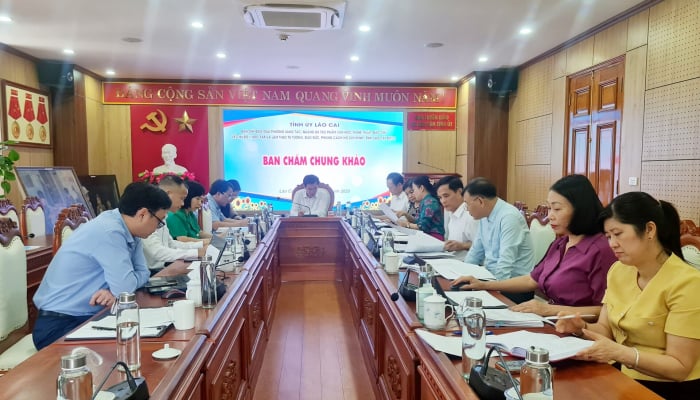

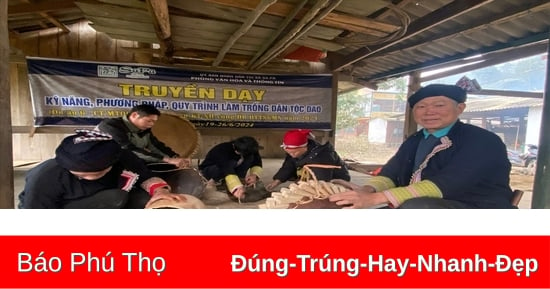

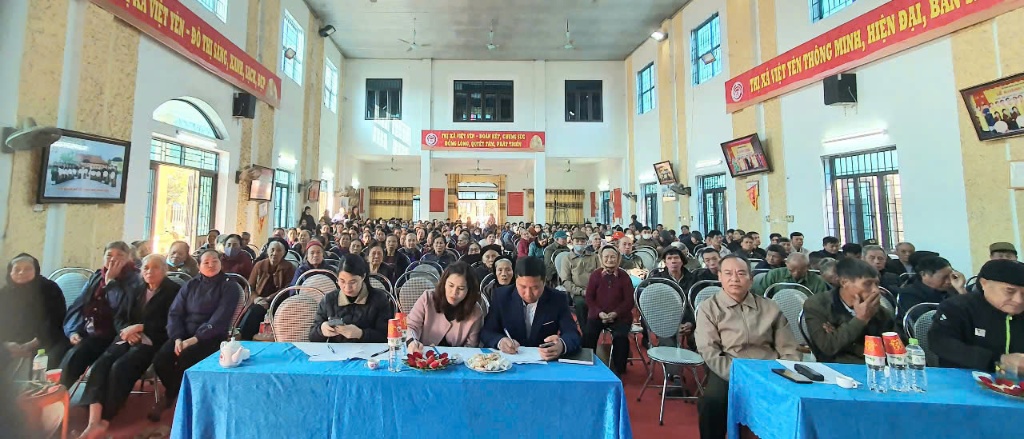










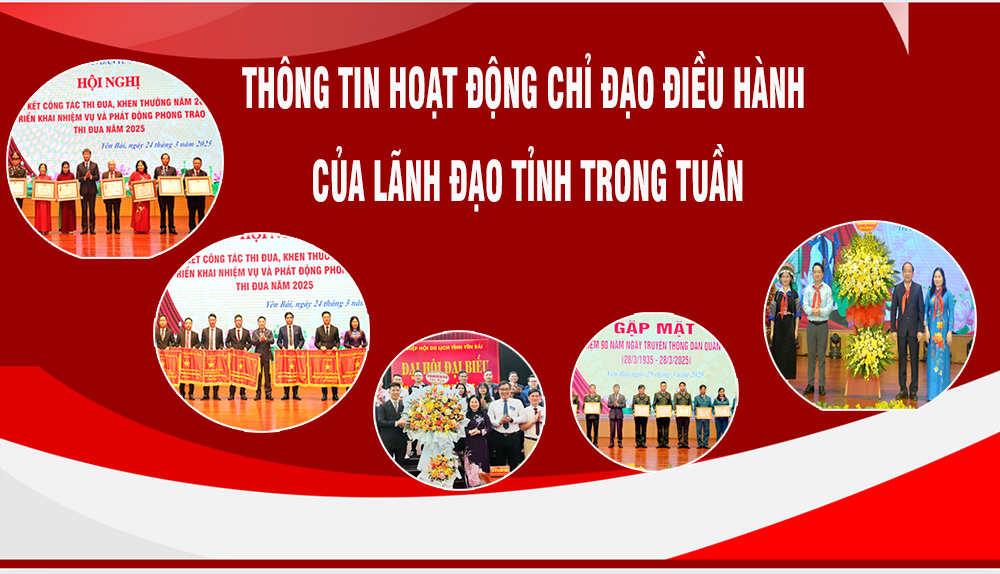


![[Photo] Prime Minister Pham Minh Chinh chairs meeting to remove difficulties for projects](https://vstatic.vietnam.vn/vietnam/resource/IMAGE/2025/3/30/7d354a396d4e4699adc2ccc0d44fbd4f)


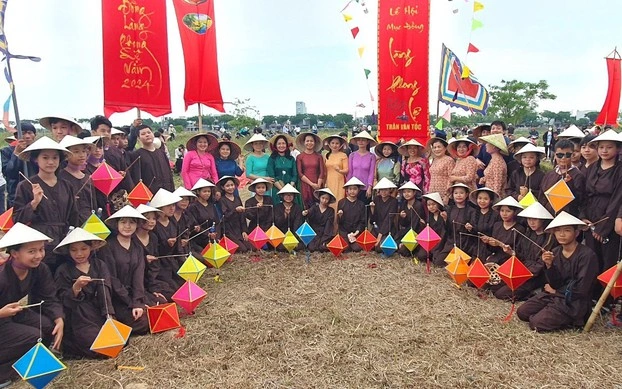
















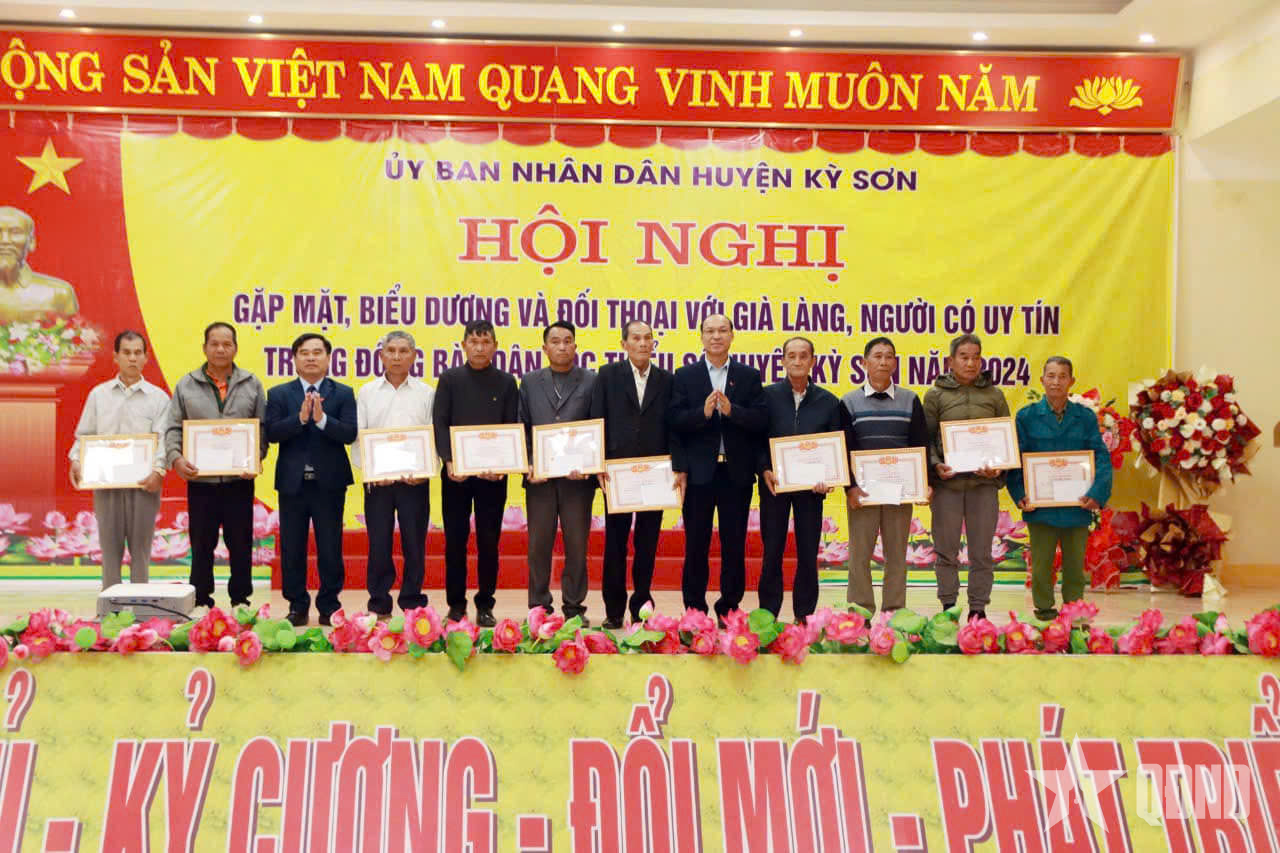















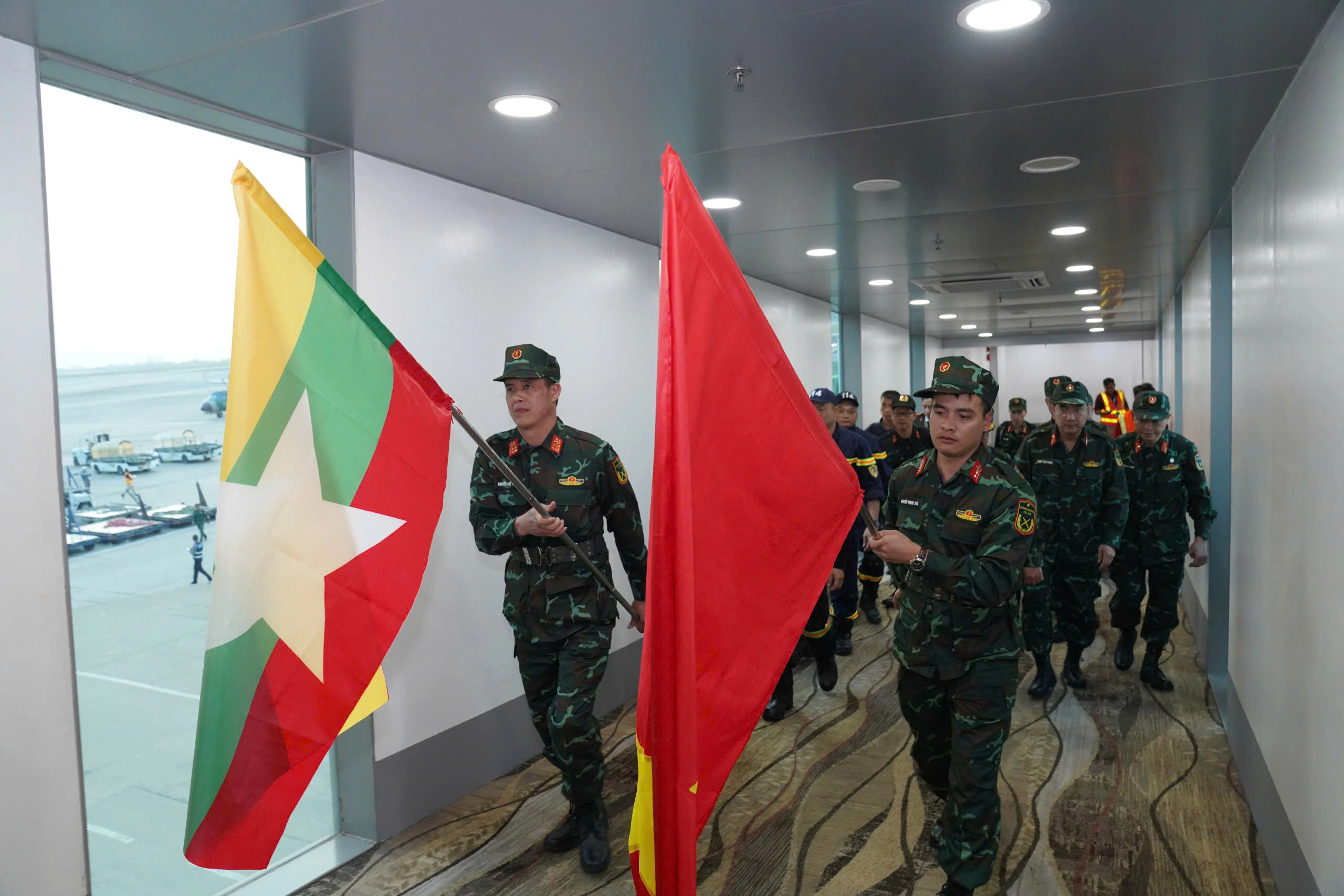





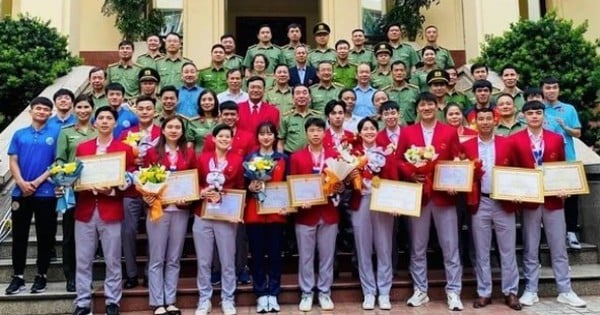

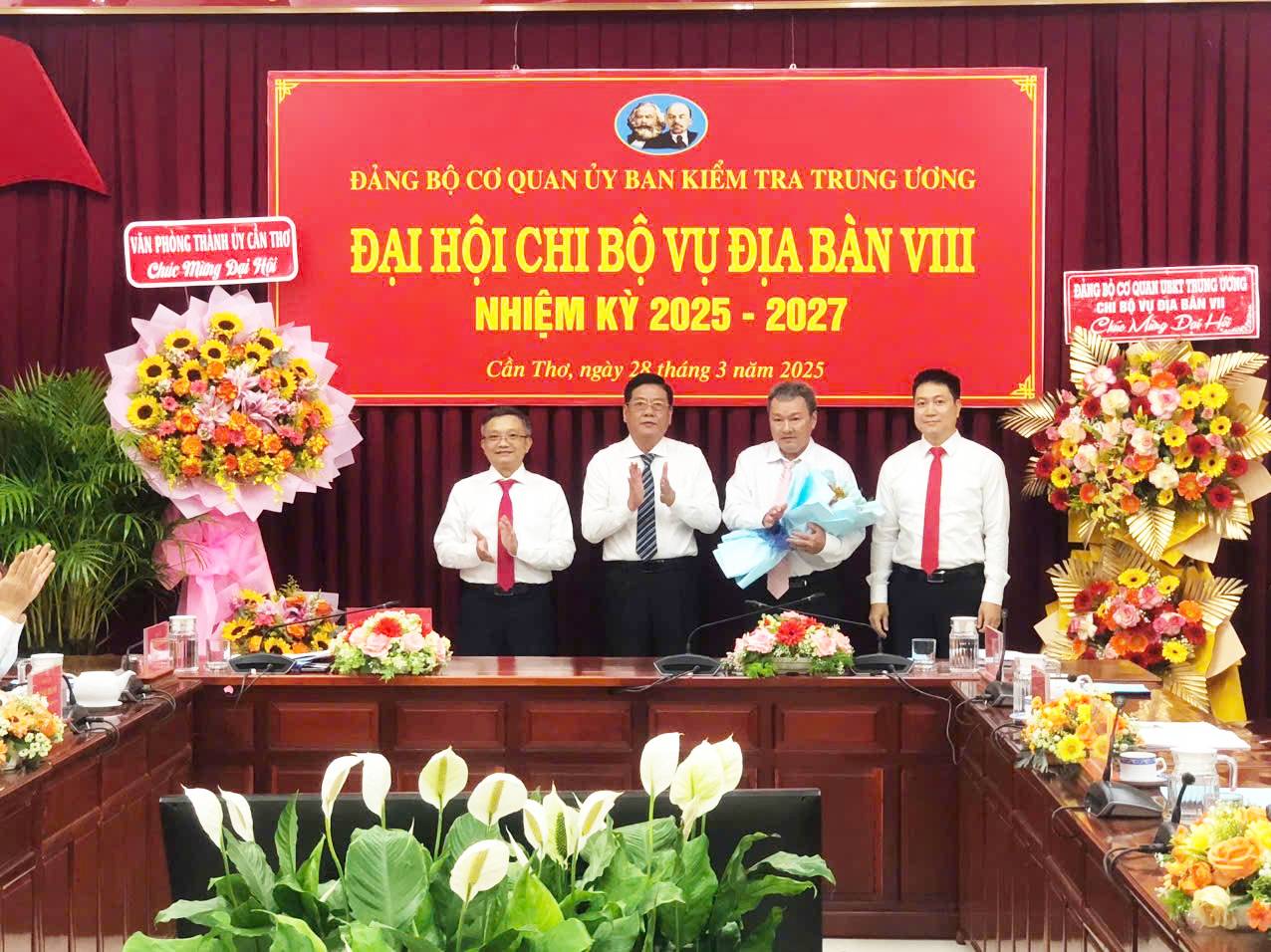

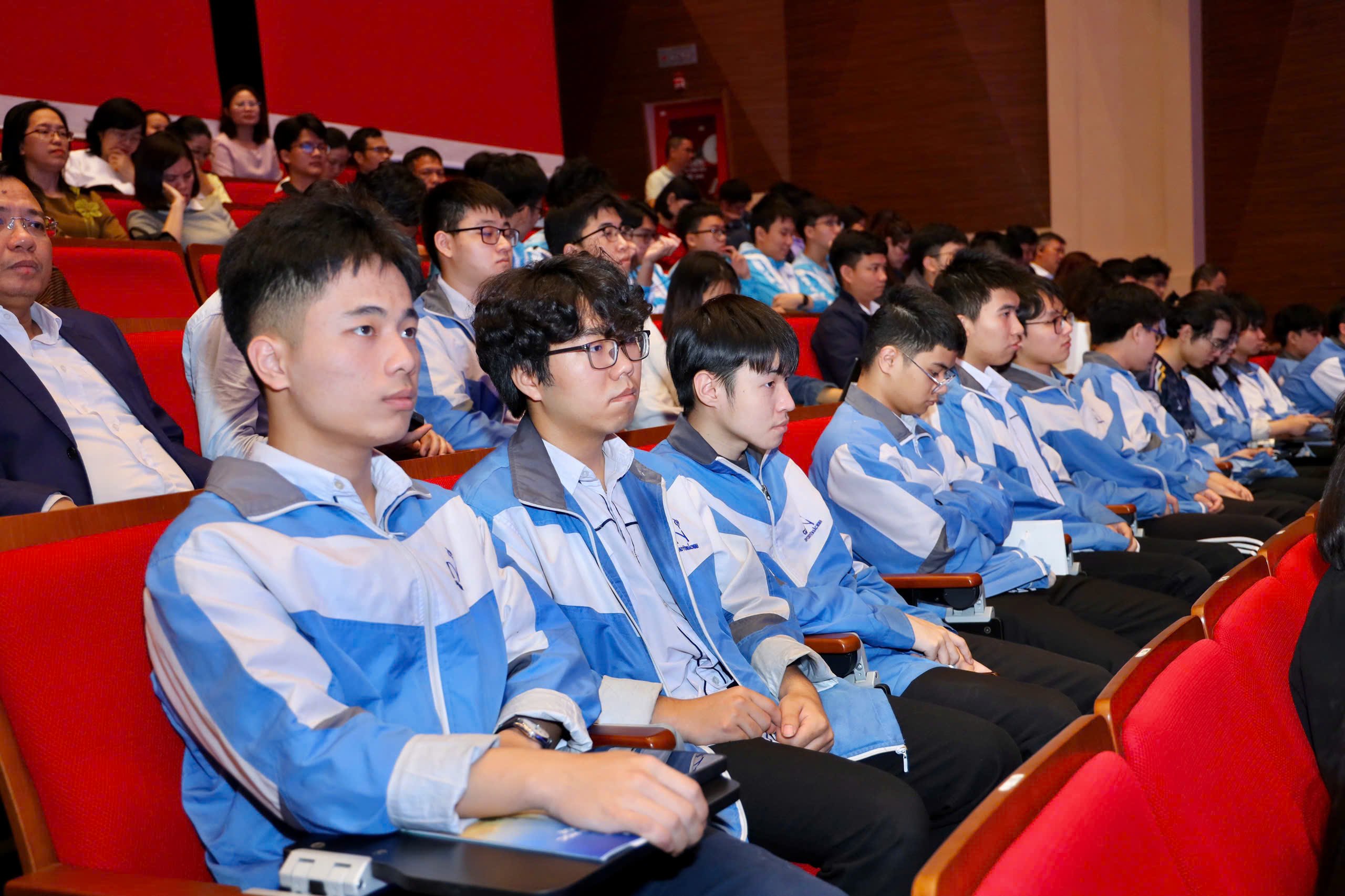



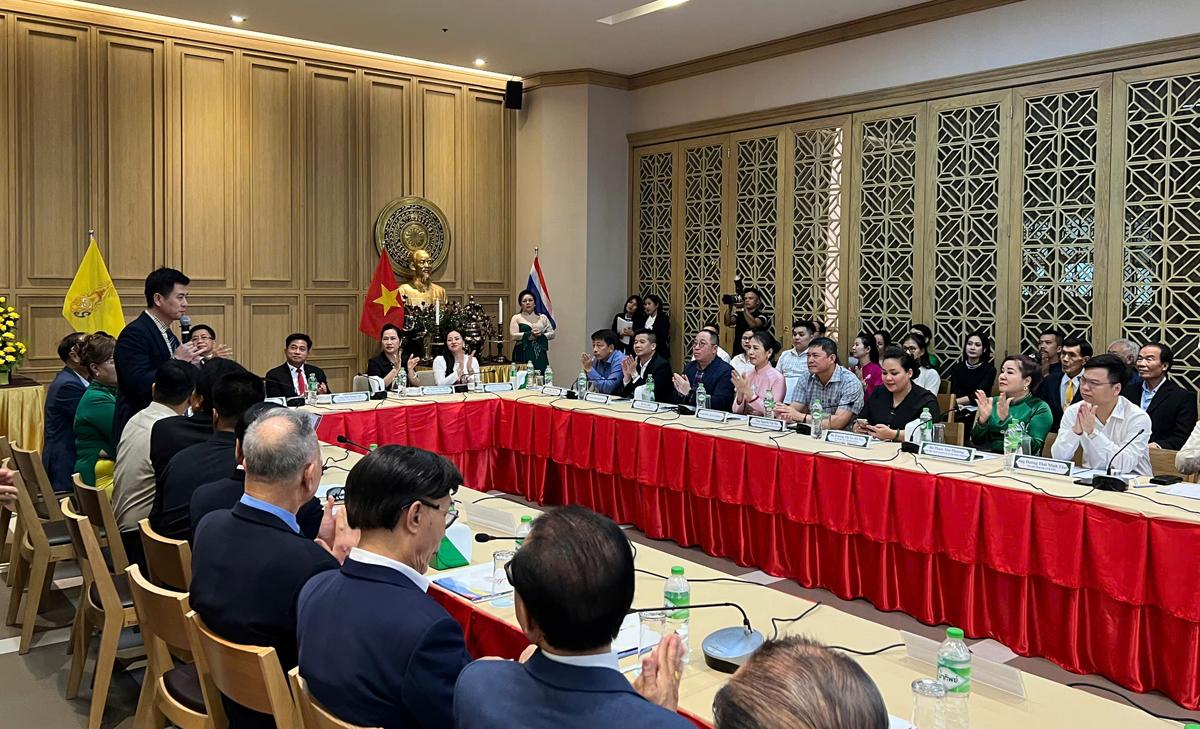









![[REVIEW OCOP] An Lanh Huong Vet Yen Cat](https://vstatic.vietnam.vn/vietnam/resource/IMAGE/2025/3/27/c25032328e9a47be9991d5be7c0cad8c)



Comment (0)